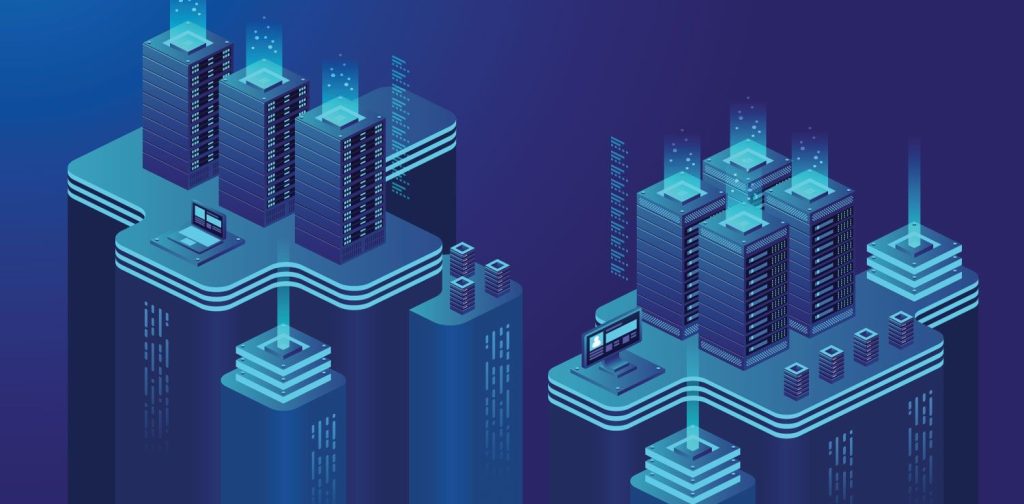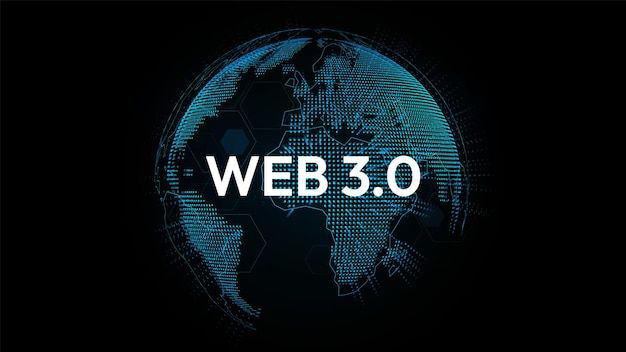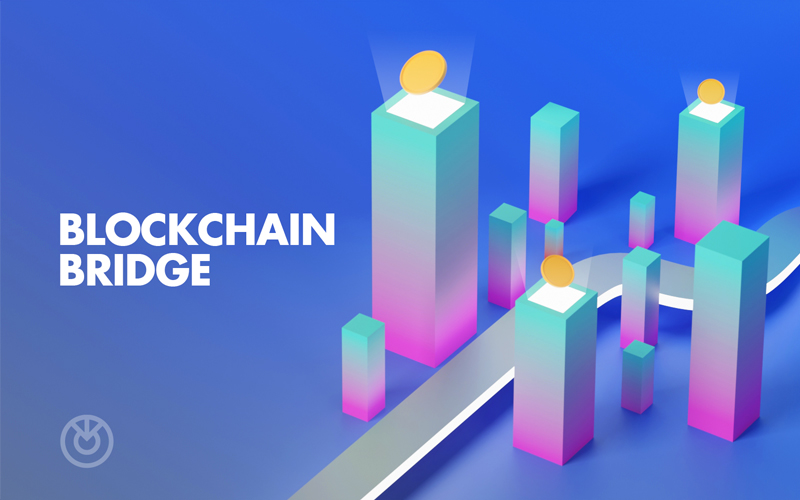Blockchain architecture and layers
Have you come across the concept of blockchain architecture?
Blockchain architecture refers to the fundamental structure and components that make up a blockchain network. It encompasses various elements working together to enable decentralized, secure, and transparent transactions.
Blockchain technology has emerged as a groundbreaking innovation with significant implications across industries. At its core, a blockchain is a decentralized and unchangeable(immutable) ledger that enables secure and transparent transactions. However, blockchain operates through a multi-layered structure that forms the foundation of its functionality. Each layer has a specific role within the blockchain ecosystem.
In this article, we will explore the layers of a blockchain, discussing their importance and how they work together to empower this transformative technology.
Let’s get to the explanations:
Layer 0: The Physical Infrastructure Layer
This layer refers to the physical infrastructure layer of the blockchain ecosystem. It includes the underlying hardware components such as servers, computers, and network devices that support the functioning of the blockchain network, which ensures the availability, reliability, and performance of the underlying infrastructure required to run the blockchain. This layer’s protocols serve as the underlying infrastructure for the construction of Layer 1 blockchains.
Once the solid foundation of Layer 0 protocols is in place, we can proceed to Layer 1, the protocol layer.
Layer 1: The Protocol Layer
This layer is the foundational layer of the blockchain architecture. It defines the core technology and principles of the blockchain network. This layer includes the consensus mechanisms. It is often referred to as the “on-chain” layer because it directly handles the core functionalities of the blockchain, including transaction processing, consensus, and smart contract execution.
let’s discuss them a little to comprehend them better:
Consensus Mechanism:
Layer 1 includes the consensus mechanism, which determines how agreement is reached among network participants regarding the validity and order of transactions.
2 types of usual consensus mechanisms are:
- Proof of work (PoW): A decentralized consensus mechanism that requires network members to expend effort in solving an encrypted number. Proof of work is also called mining, in reference to receiving a reward for work done.
- Proof of stake (PoS): A consensus protocol in blockchains. It is a way to decide which user or users validate new blocks of transactions and earn a reward for doing so correctly.
Transaction Processing:
Layer 1 is responsible for processing and validating transactions. Transactions are bundled into blocks, which are added to the blockchain in a sequential and immutable manner. Layer 1 ensures that transactions are properly verified and added to the blockchain, maintaining a consistent and transparent transaction history.
Smart Contract Execution:
Layer 1 blockchains often support the execution of smart contracts, which are self-executing contracts with predefined rules written in code. Smart contracts enable the automation of business logic, allowing for the development of decentralized applications (dApps) and the execution of complex transactions on the blockchain.
Network Security:
Layer 1 focuses on ensuring the security of the blockchain network. This includes mechanisms to prevent double-spending attacks(Double-spending is a fundamental flaw in a digital cash protocol in which the same single digital token can be spent more than once.), protect against malicious activities, and maintain the integrity of the consensus mechanism. Layer 1 blockchains employ cryptographic techniques and motivate to encourage participants to act honestly and secure the network.
Native Cryptocurrency:
Layer 1 often has its own native cryptocurrency, which serves as the medium of exchange within the network and provides incentives to network participants. Examples include Bitcoin (BTC) for the Bitcoin blockchain and Ether (ETH) for the Ethereum network, TON Coin for The Open Network(TON)
Blockchain Data Structure:
Layer 1 defines the data structure of the blockchain, which typically consists of a chain of blocks linked together in chronological order. Each block contains a set of transactions, a reference to the previous block, and additional metadata. This data structure ensures the immutability and integrity of the blockchain.
Building upon the solid foundation of Layer 1, we move to Layer 2, the scalability layer, which tackles the scalability limitations of Layer 1 blockchains.

Layer 2: The Scalability Layer
The second layer of the blockchain architecture is often designed to address the scalability issues of Layer 1 blockchains. Layer 2 refers to an additional framework or protocol constructed above an established blockchain system. The primary objective of these protocols is to address the challenges of transaction speed and scalability faced by prominent cryptocurrency networks. For example, Bitcoin and Ethereum currently struggle to handle a large number of transactions per second, limiting their potential for widespread adoption. Increasing the network’s throughput is necessary to facilitate their long-term development and broader usage. like Bitcoin or Ethereum; Layer 2 solutions aim to improve transaction throughput and reduce costs by moving certain operations off the main blockchain, either through techniques like payment channels (e.g., Lightning Network for Bitcoin) or through sidechains that interact with the main chain. Layer 2 solutions are designed to optimize and improve the efficiency of blockchain networks.
Building upon the scalability solutions introduced in Layer 2, we transition to Layer 3, the application or smart contract layer.
Layer 3: The Application Layer
This layer is where decentralized applications (DApps) are developed and executed. This layer provides the necessary tools, programming languages, and frameworks to create smart contracts. Smart contracts are self-executing agreements with predefined rules and conditions. They automate the execution of transactions and enable the development of various applications, including financial services, supply chain management, decentralized finance (DeFi), and more. According to Vitalik Buterin’s paper on Layer 3’s, the ultimate goal of Layer 3 is to provide a more efficient and user-friendly experience for decentralized applications and transactions on blockchain networks.
With the development and execution of decentralized applications in Layer 3, we transition to Layer 4, the middleware layer.
Layer 4: The Middleware Layer
The fourth layer represents the middleware layer, which acts as a bridge between the blockchain network and the applications built on top of it. The middleware layer acts as an intermediary between the blockchain network and external systems. It provides additional services and functionalities to enhance the interaction and integration with the blockchain. This layer includes APIs (Application Programming Interfaces) that allow applications to access and interact with the blockchain data. It also includes identity management systems to handle user authentication and authorization. Other middleware components can provide data integration, interoperability, security features, and analytics tools to facilitate the smooth integration of the blockchain with existing systems and applications.
Expanding on the functionalities and services provided by Layer 4, we move to Layer 5, the application layer or user interface layer.
5 : The User interface layer
Which focuses on the end-user experience and the applications built on top of the blockchain. This layer includes various user-facing applications and interfaces such as cryptocurrency wallets, exchanges, decentralized exchanges (DEXs), marketplaces, and other platforms that allow users to interact with the blockchain network. These applications provide functionalities like managing blockchain assets, executing transactions, participating in token sales, and accessing decentralized services.
All in all,
The journey through the layers of a blockchain ecosystem reveals a remarkable technological infrastructure with the power to reshape industries, empower individuals, and foster a new era of trust and transparency.
It is a journey that invites us all to explore, embrace, and participate in the transformative potential of blockchain technology.




